
Home Garden 2025-03-19 01:40:49
Never Throw Leaves of These 8 Plants! They’ll Grow!
With proper care and attention to their specific needs, you'll soon have a flourishing collection of houseplants, each with its unique charm and beauty.
News in the same category

Home Garden 20/03/2025 04:21
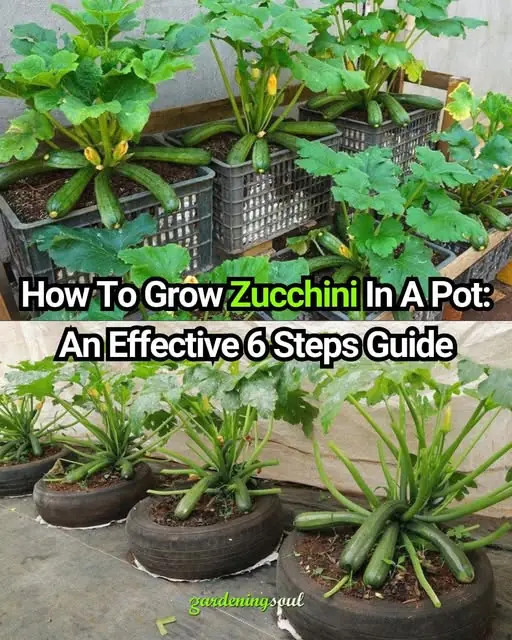
How To Grow Zucchini In A Pot: An effective 6 steps guide
Home Garden 20/03/2025 04:19
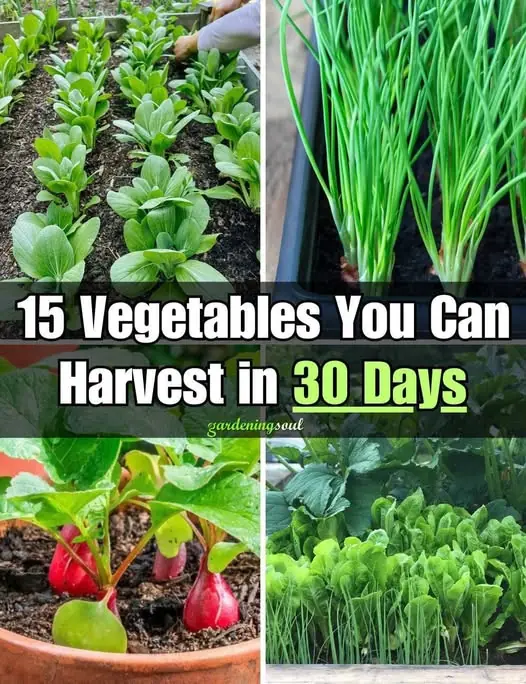
15 Vegetables You Can Harvest in 30 Days
Home Garden 20/03/2025 04:17
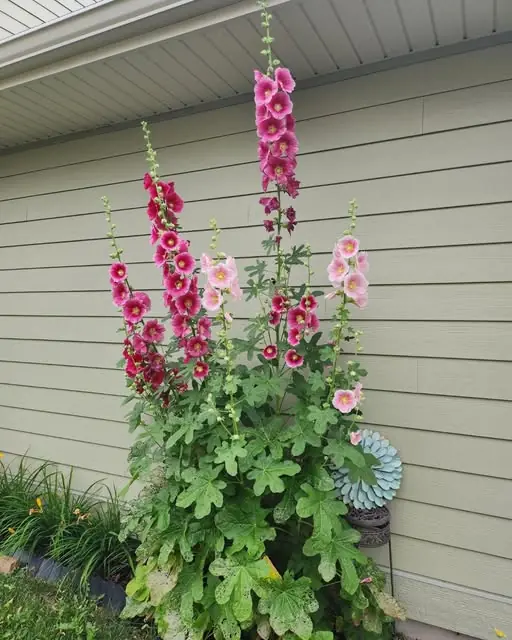
Why You Should Grow Hollyhocks in Your Yard and How to Eat Every Part of this Plant
Home Garden 20/03/2025 02:38

11 Reasons to Grow a Rosemary Hedge & The Easy Way to Do It
Home Garden 20/03/2025 02:37

Mosquitoes Hate These Plants. Grow Them In Your Home
Home Garden 20/03/2025 02:33

Unlock the Health Benefits of the Castor Bean Plant: A Natural Remedy for Wellness
Home Garden 19/03/2025 01:48
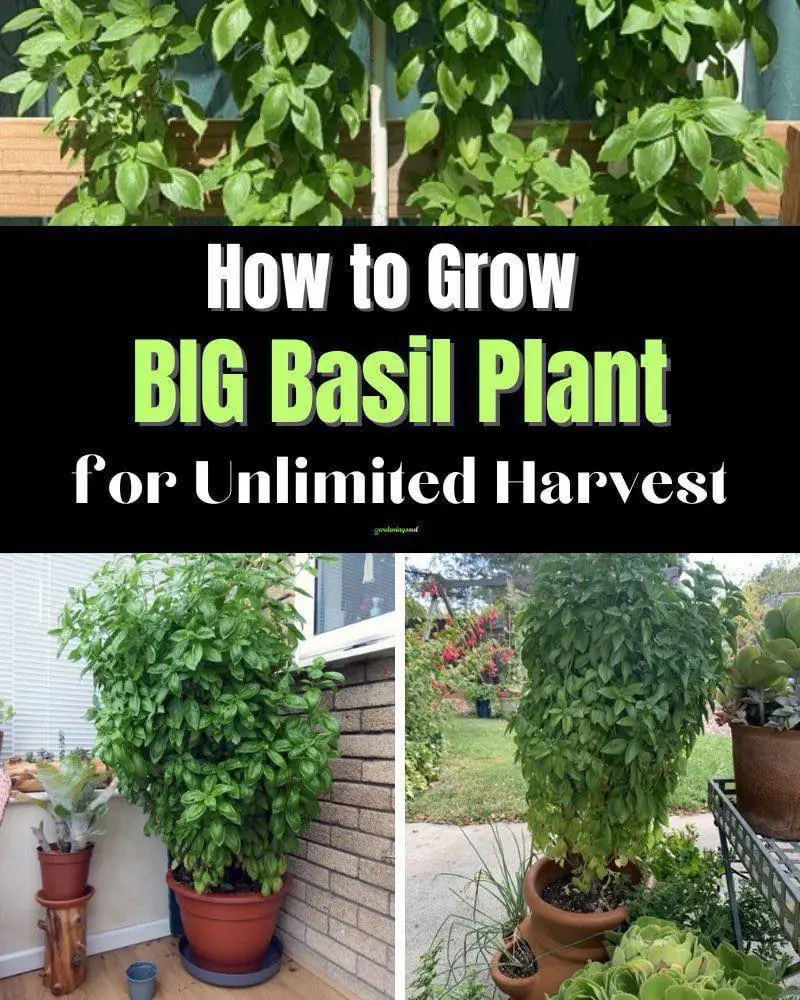
How to Plant, Grow and Harvest Basil – Complete Guide
Home Garden 19/03/2025 01:46

How To Grow Lavender Indoors in Pots
Home Garden 19/03/2025 01:44

Baking Soda Is A Gardener’s Best Friend – Here Are 14 Nifty Uses In The Garden
Home Garden 19/03/2025 01:43
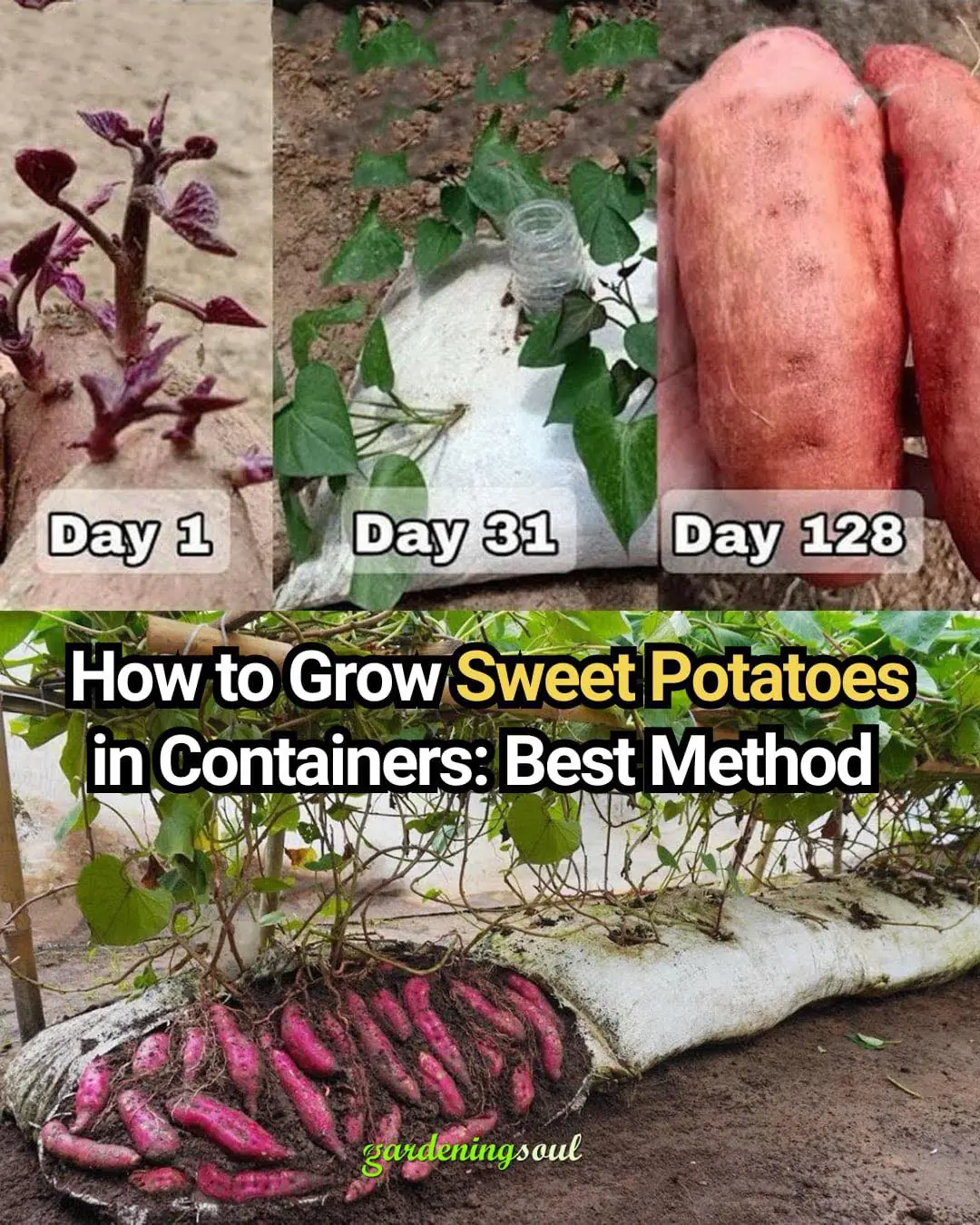
How to Grow Sweet Potatoes in Containers: Best Method
Home Garden 18/03/2025 17:12
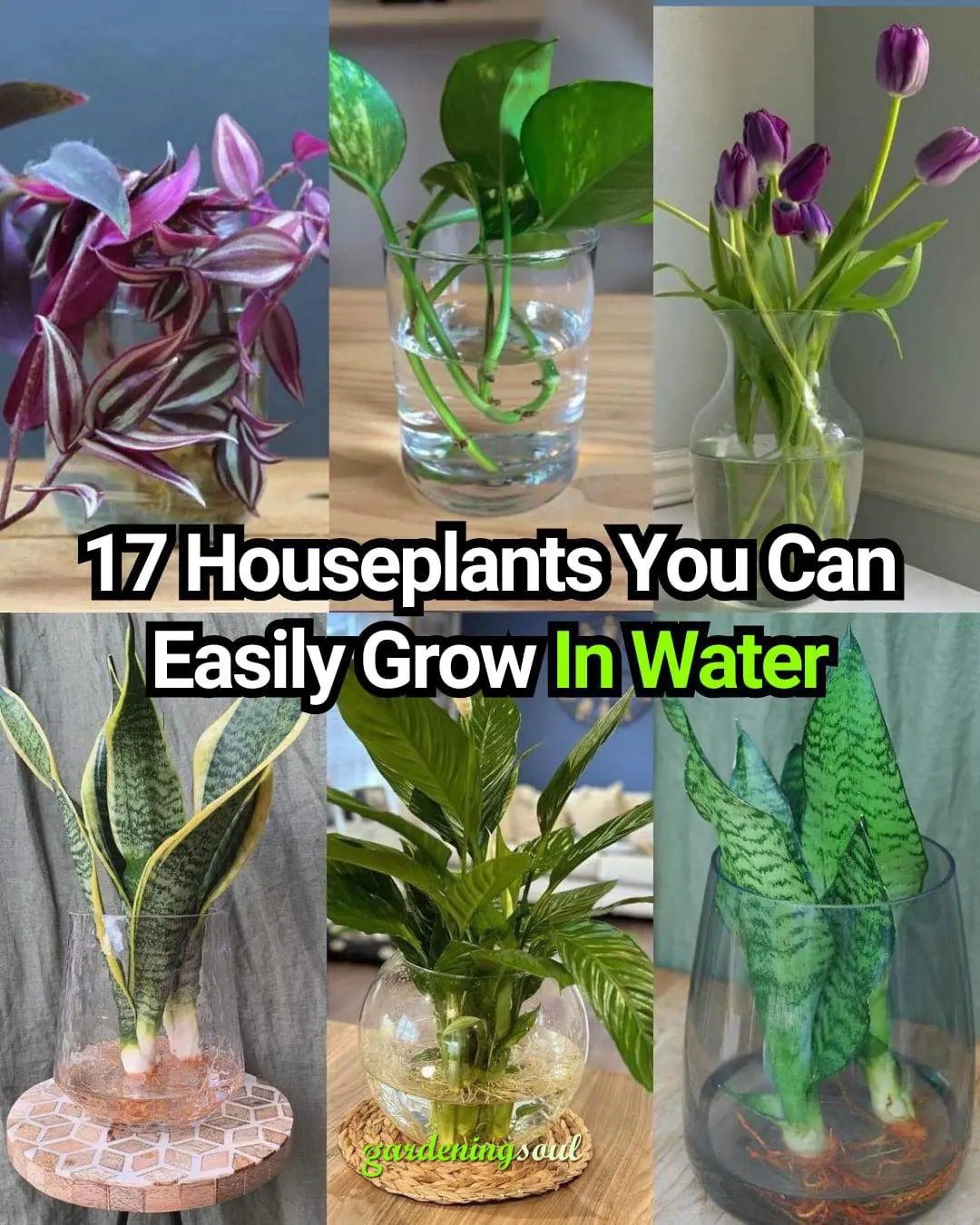
17 Houseplants You Can Easily Grow In Water
Home Garden 18/03/2025 17:10
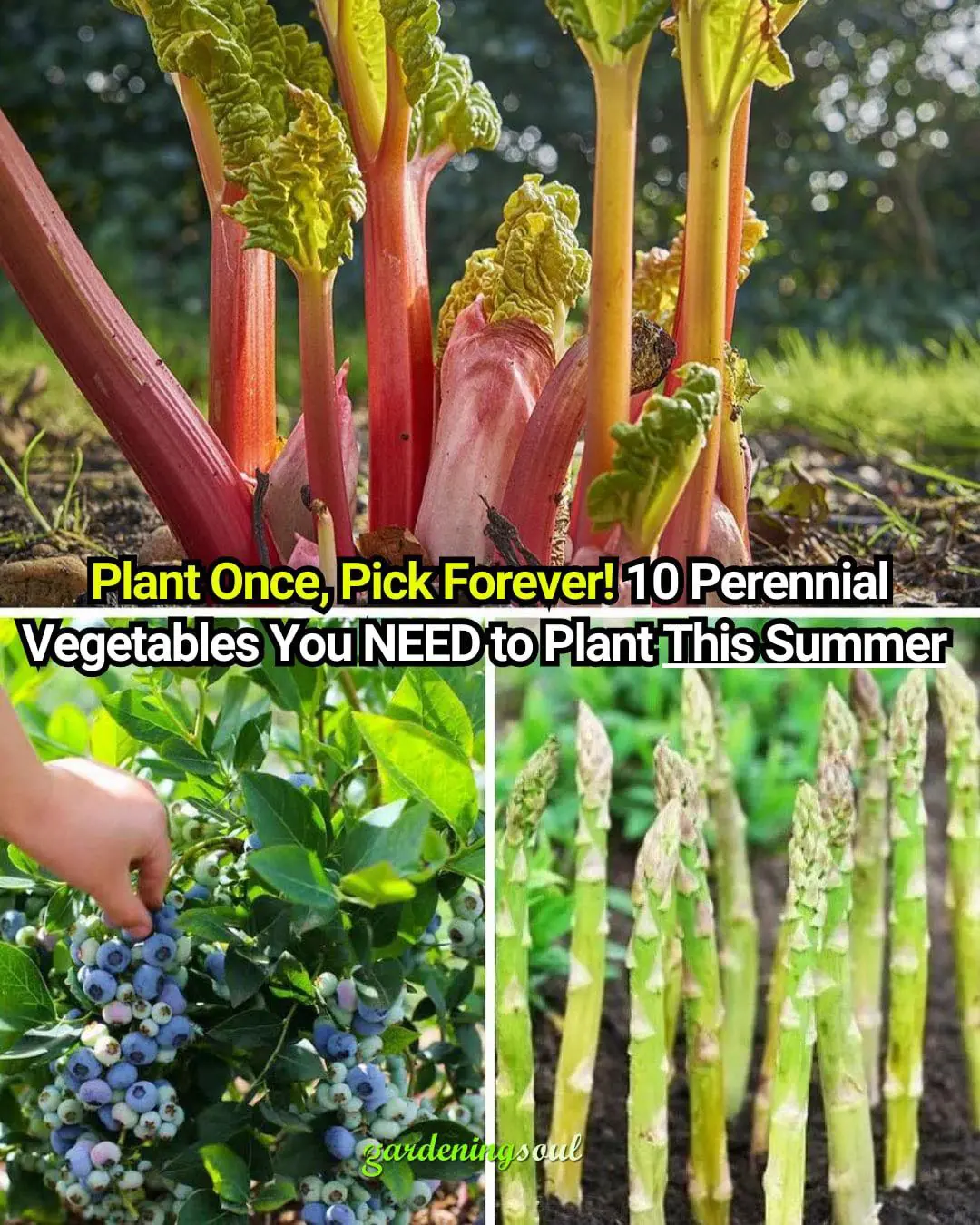
Plant Once, Pick Forever! 10 Perennial Vegetables You NEED to Plant This Summer
Home Garden 18/03/2025 17:08
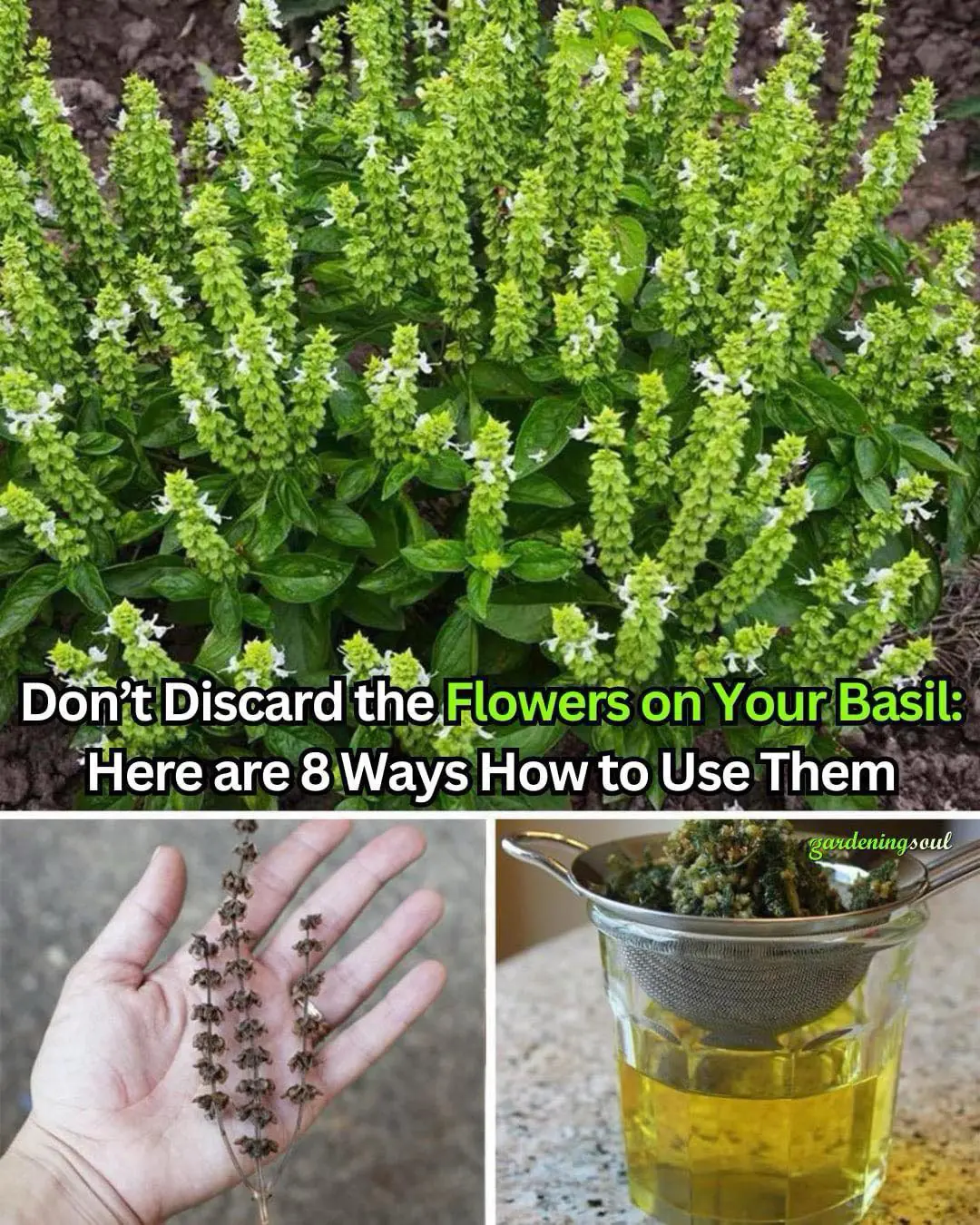
Don’t Discard the Flowers on Your Basil: Here are 8 Ways How to Use Them
Home Garden 18/03/2025 17:06

8 Plants That Will Thrive No Matter What
Home Garden 18/03/2025 00:29

This Little Weed is one of the Most Useful Medicines on the Planet
Home Garden 18/03/2025 00:25

Don’t Throw Away Potato Peels—Turn Them into Free Plant Food!
Home Garden 18/03/2025 00:23

25 Beautiful Plants That Grow Well Under Trees
Home Garden 18/03/2025 00:20
News Post

How To Get Peace Lilies To Bloom More Often
Home Garden 20/03/2025 04:21

How To Grow Zucchini In A Pot: An effective 6 steps guide
Home Garden 20/03/2025 04:19

15 Vegetables You Can Harvest in 30 Days
Home Garden 20/03/2025 04:17

The Black Serum To Get Long, Black Hair
Beauty 20/03/2025 03:57

Oil Infusion For Fast Hair Growth
Beauty 20/03/2025 03:54

Turmeric Eye Mask For Dark Circles
Beauty 20/03/2025 03:51

DIY Night Cream To Get Glow And Lovely Skin Naturally
Beauty 20/03/2025 03:48

Rice Flour & Flax Seeds Mask For Instant Glow & Younger Looking Skin
Beauty 20/03/2025 03:43

Tomato To Treat Hyperpigmentation, Dark Spots On Your Face
Beauty 20/03/2025 03:39

Beetroot Gel For Face
Beauty 20/03/2025 03:34

Collagen booster night cream!!
Beauty 20/03/2025 03:24

Homemade Anti-Aging Hand Scrub To Get Younger Looking Hands
Beauty 20/03/2025 03:19

Collagen booster night cream!!
Beauty 20/03/2025 03:14

How to use rice water to get clear & glowing skin naturally
Beauty 20/03/2025 03:11

Miracle Indian Bridal Ubtan For Skin Brightening
Beauty 20/03/2025 03:07

Turmeric Eye Mask For Dark Circles
Beauty 20/03/2025 03:02

DIY Keratin Treatment at Home for Smooth, Frizz-Free Hair
Beauty 20/03/2025 02:59

Collagen Combo For Glass Skkin
Beauty 20/03/2025 02:57

Beauty Cubes For Bright Glowing Skin
Beauty 20/03/2025 02:54

DIY Extremely Hydrating Aloe Vera Night Gel
Beauty 20/03/2025 02:51








